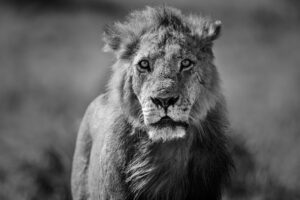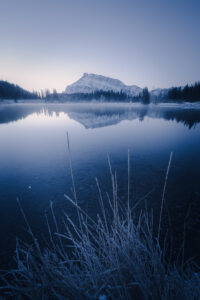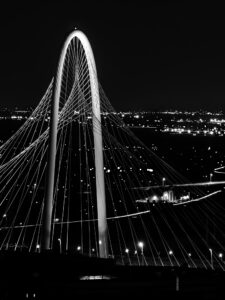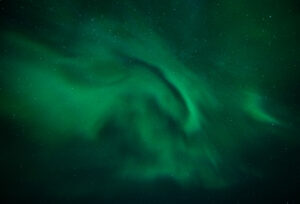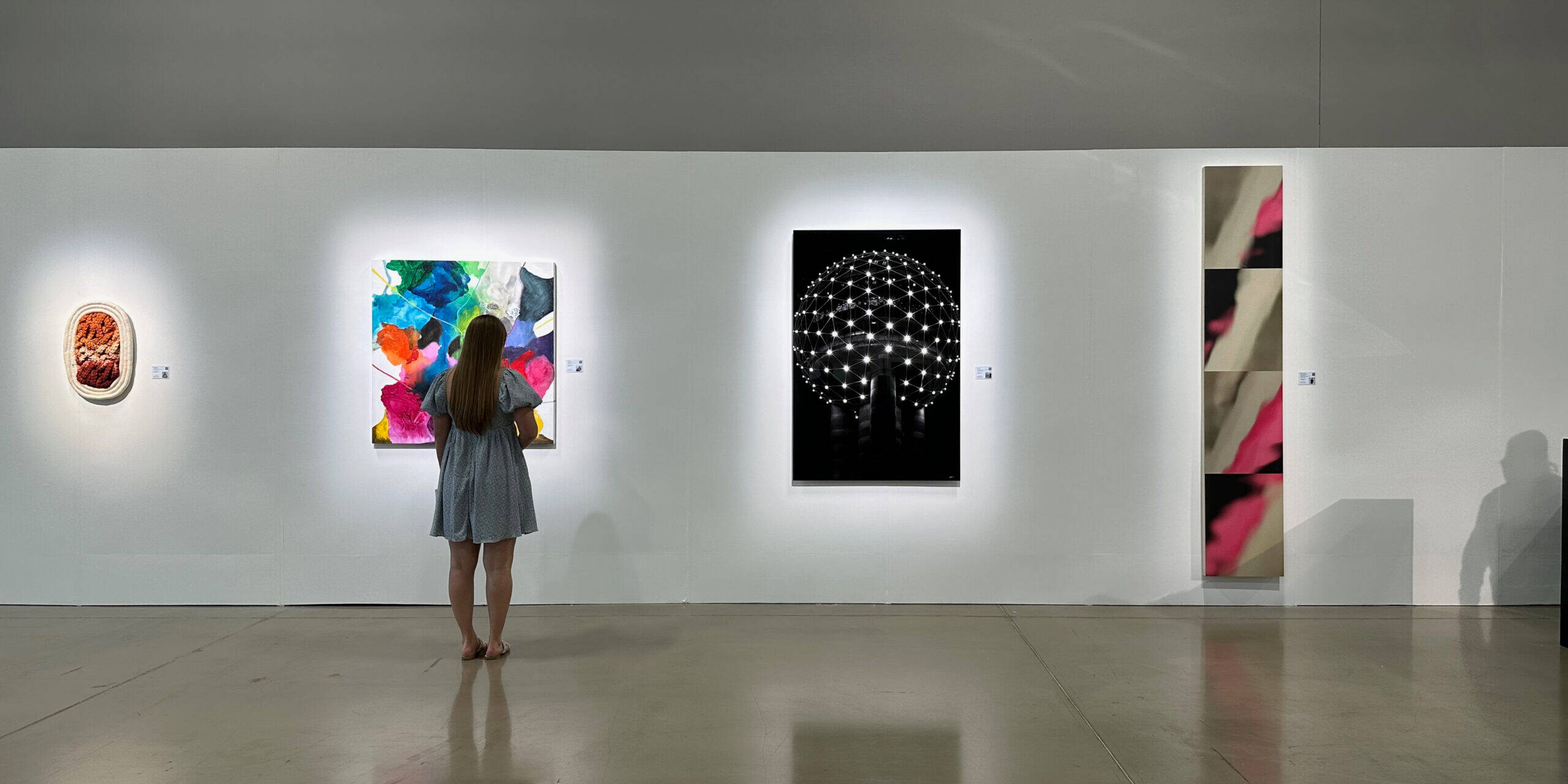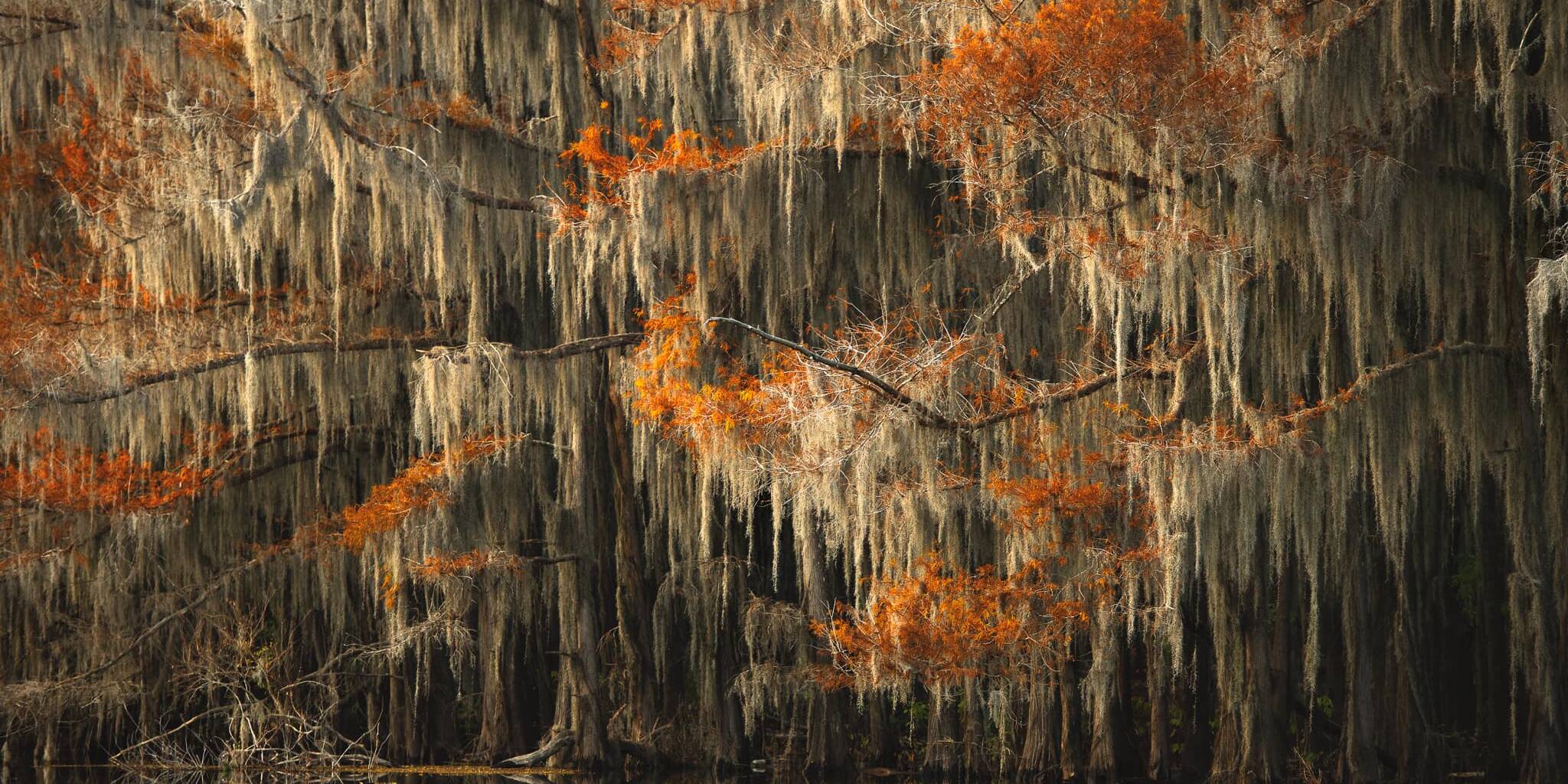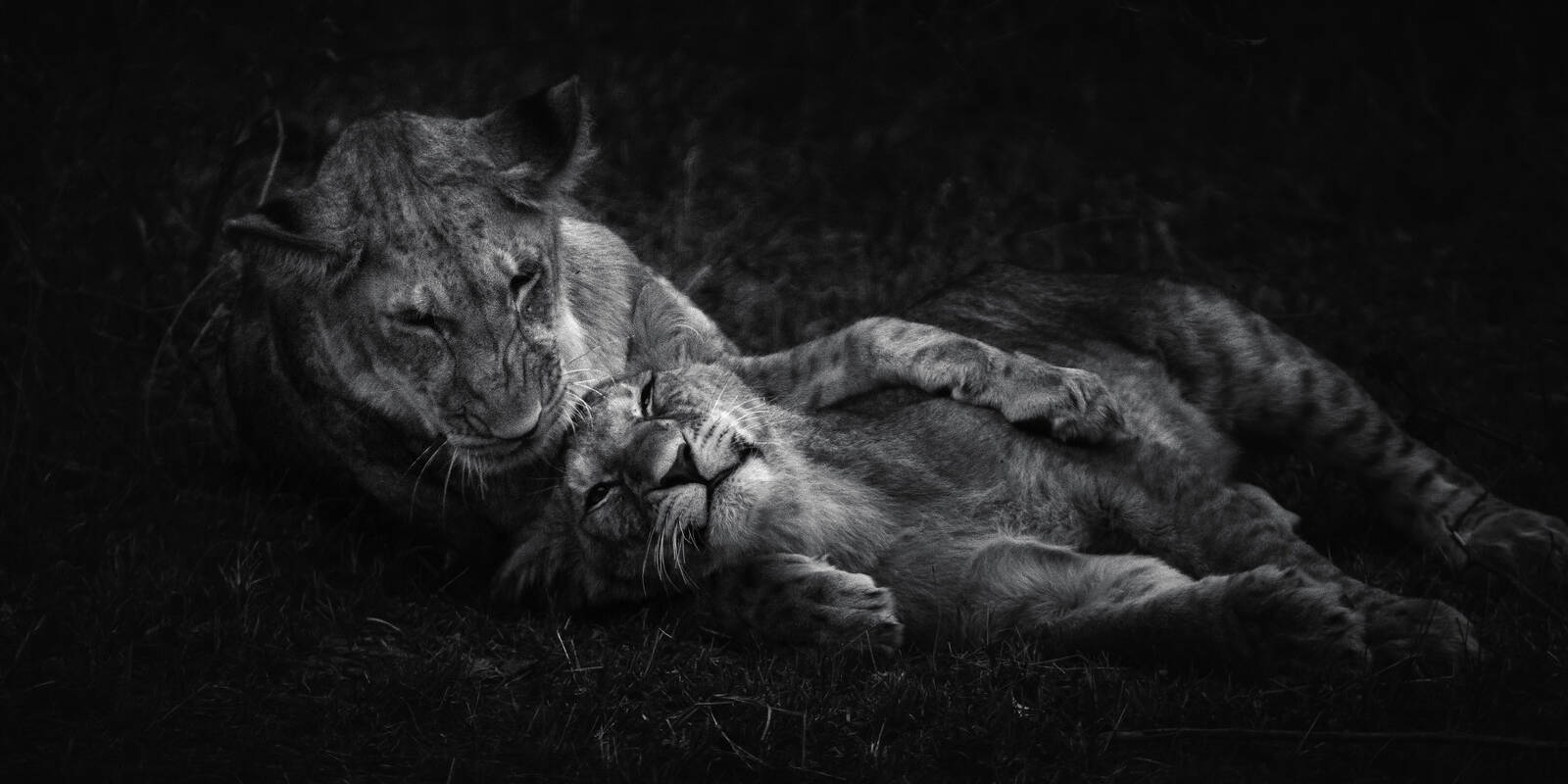In 1932, the famous Lunch atop a Skyscraper photograph was taken as a publicity stunt to promote the construction of the Rockefeller Center. Given that they took the photo to advertise the Rockefeller Center, would you call it art? To be more specific, is it considered fine art photography?
Below, you’ll find out what makes the photographs you know and love fine art.
How do you define fine art photography?
In its simple terms, fine art photography is when an artist takes a picture. Much as a painter needs brushes and paint to create, an artist photographer needs a camera. Both are art, they just use a different means of creative expression.
Of course, beautiful photos are not automatically art photos. What makes fine art photography is the purpose of the photo. Artist photographers create this type of photography when they snap a photo with a creative vision in mind.
It was not until the 1960s that photography was considered a fine art. Dr. S. D. Jouhar found the Photographic Fine Art Association at the beginning of 1960. However, the earliest fine art photograph dates back to 1851, where John Edwin Mayall illustrated The Lords Player.
You can find this, alongside a history of creative photography, in the book “Creative Photography: Aesthetic Trends.”
Popular fine art photographers included Ansel Adams, Robert Mapplethorpe, and Sally Man. During the early phases of artistic photos, you could find natural landscapes and nude art dominating most of what you see.
How is fine art photography different from other forms of photography?
Fine art photographs are uniquely different because they have a specific creative vision behind them. Much like paintings, it gives you a glimpse into the artist’s point of view. Through these unique images, you can see something you might not have seen before.
The typical alternative to artistic photography is representational photography, which is a chronicle of history taken by photojournalists.
Photojournalists snap a piece of history to keep for eternity. Despite making some beautiful images, you wouldn’t call most of it fine art.
Photojournalism can have artistic merit. For example, the famous photo by Joe Rosenthal of the raising of the American Flag during Iwo Jima by six US Marines was amazing. In fact, it was so Amazing, that Rosenthal had to fight off claims that the photo was staged.
For this reason, you won’t find famous photojournalism pieces in an art gallery.
When can you consider photography a fine art?
While the artist can apply their own labels, photography becomes a fine art when you see a theme. There are specific styles or techniques you see artists employ. You see these themes considered in the art, which means you need to put thought into the picture before taking it.
You could say the same for headshots, which follow very similar themes throughout. However, the techniques of a headshot are not artistic. Typically, they are commercial, as headshots help the subject get a job or affirm their professional brand.
For example, Peter Hurley is a well-known portrait photographer in New York and Los Angeles. While you can consider his images beautiful, he builds headshots to show off the person. Because of this, you can define them as professional, personal, or commercial photography.
When is photography not fine art?
While most photos have artistic merit, photography is not always fine art. In fact, any photo not explicitly taken with an artist’s vision isn’t fine art. The purpose of the photograph is the defining feature of it.
Art is subjective. What appears fine art to one group will not be fine art to another. For example, some people think abstract art isn’t fine art, just a smattering of colors against a canvas.
The key is in the definition of fine art, found in the Merriam-Webster dictionary:
Art (such as painting, sculpture, or music) concerned primarily with the creation of beautiful objects
The second half of this definition mentions the primary focus being the creation of beautiful objects. So, as long as this is the goal, all other points are moot.
Fine art isn’t only determined by the aesthetic quality opinions of a small group of elites. Fine art photos, which express creativity or beauty, are fine art purely based on your perception.
Can photography fall into multiple categories?
Photography doesn’t have to be stuck within rigid borders. Instead, its definitions can change depending on its purpose, the viewers, and what you do with it. So yes, photography is something you can put into multiple categories.
For example, want to take a desert landscape photo to share its beauty with the world you can. This is fine art photography.
However, if you want to sell or purchase landscape photography of deserts, this is art for commercial purposes. Just because you want to make print sales doesn’t mean the purpose of the original photo is lost.
Other types of photography, such as photojournalism, are more difficult to define in this area. Remember what makes fine art photography what it is comes down to the original purpose of the photo. If your original purpose was to capture a piece of history, “fine art” would be an inappropriate label.
Different fine art photography types (and their examples)
You can find many subcategories of photography within fine art. Below, you’ll find a list of different photography types within the fine art genre.
Fine art portrait photography
Portrait photography is captures the image and personality of the subject involved. When combined with fine art, a person is the primary subject, but there is a creative vision behind it.
Portraits might also include the personality of animals, which you can find in this website’s wildlife photography section. The “Z Portrait” and “G Portrait” photographs show a bit of personality in each one.
Landscape photography
Landscape photos have been around since the beginning of the fine art images genre. Nature can be everything from powerful to simple and light. Because of this huge variance, photographers constantly challenge themselves to get the perfect shot.
You can find a section of mountain fine art photographs on this website that fit these examples. The “Volcán de Fuego” is an image of a volcano’s awesome power. Alternatively, the “Patagonia Milky Way” photograph is more of an expression of the beauty of nature.
Conceptual photography
Conceptual photography is different, as it represents a theme or idea over a physical subject. For example, the theme of the photograph can be an emotion, such as fear.
Conceptual photography followed fine art photography, becoming increasingly popular during the 1970s. John Hillard, for example, is one such creative artist that helped push the medium of conceptual photography.
What makes conceptual photography unique is that it is built around a specific emotion. There is intent in the photograph to create that emotion. In other types of photography, the emotion is a feature of the photograph.
One excellent example is the “Butterflies in my Stomach” image by Anya Anti. It is a combination of conceptual and portrait photography, making it an excellent example of multiple genres working together.
Architectural Photography
Architectural photography includes photos of buildings and structures made by people. Unlike the natural patterns you find in nature, architecture is deliberately placed. As a result, it is an amazing subject for photography.
Architectural fine art photography is a love letter to humankind’s incredible creation. “Golden Gate” is one such piece you can find on this website of the famous bridge of the same name, only showing a small piece of the overall subject.
A lot of architectural images focus on repetitive, geometric shapes. “Reunion” is one such example that shows this. You can also find an image of “Stonehenge” that fits the same theme.
Still life photography
Still life photographs focus on imaging inanimate objects. You might be more familiar with still-life paintings, which fulfill the same purpose. As said earlier, the only difference here is the tools you use for creation.
Additional subgenres within still life include tabletop photography, product photography, found object photography, and food photography. You’ll find these photos can crossover into the commercial threshold. However, the goal of still life photographs is to preserve the current photogenic quality of the item.
Fruit is a popular theme in still life photography. Below, you’ll see a royalty free example from another still life photographer, Roberta Sorge.
Street photography
Street photography is that which records everyday life as a candid slice of humanity. Photographers take these photos in a public space and just show people living their lives.
Street photographers blur the lines a bit between photojournalism and fine art. After all, this genre of fine art also records history.
Joel Meyerowitz provides us with an excellent example of this, taking images of the aftermath of the World Trade Center tragedy. However, what makes Mr. Meyerowitz’s pieces different from a photojournalist’s pieces comes down to where you find them, in this case, not in a newspaper.
Nude photography
The nude body has always been a popular subject of photography. Here, the fine art side comes in with how the nudity contributes to an artistic vision. This genre isn’t just limited to pictures of naked people.
The earliest nude photographer dates back to the late 1800s. Wilhelm von Gloedon was known for his creative work with lighting and a special body makeup to disguise skin blemishes. His work also delved into landscape photography, documenting damage from the 1908 Messina earthquake.
Nude photography typically has an emphasis on form and composition, no doubt inspired by von Gloedon’s earlier work. Without him, we likely wouldn’t have as much development in the fine art genre.
Abstract photography
Abstract photography goes beyond the typical representations of realistic images. Instead, the image focuses on representing an idea and emotion, revealing details you might not notice at first.
Abstract photography blends in with conceptual images. Those seeking abstract photography prints often look for things that aren’t obvious, displaying a dynamic scene.
Abstract photos still need to show a piece of the real world. “Lava Abstract #1” is clearly an image of a lava flow, but the structure of the image isn’t intended to focus on the power of nature. Alternatively, “Yinyang” is an image of ice flows taken in Iceland, displaying the chaotic power of nature.
Wrap Up
There are a wide range of fine art photography collections out there that cover many perspectives and styles. Again, what makes photographers different from painters and digital artists is the tools they use for creation. Otherwise, art is still art, whether you like it is entirely perspective.
Related Posts
September 25, 2023
Making a Difference Through Art: My Contribution to the Dallas Children’s Advocacy Center
In the heart of Dallas, an organization tirelessly works to…
June 14, 2022
How to Transform Your Home with Wall Art
Your home is your sanctuary. How can you make sure it…
June 1, 2022
Top Fine Art And Photography Galleries In Las Vegas
Whether you’re an avid art collector or simply looking to…

